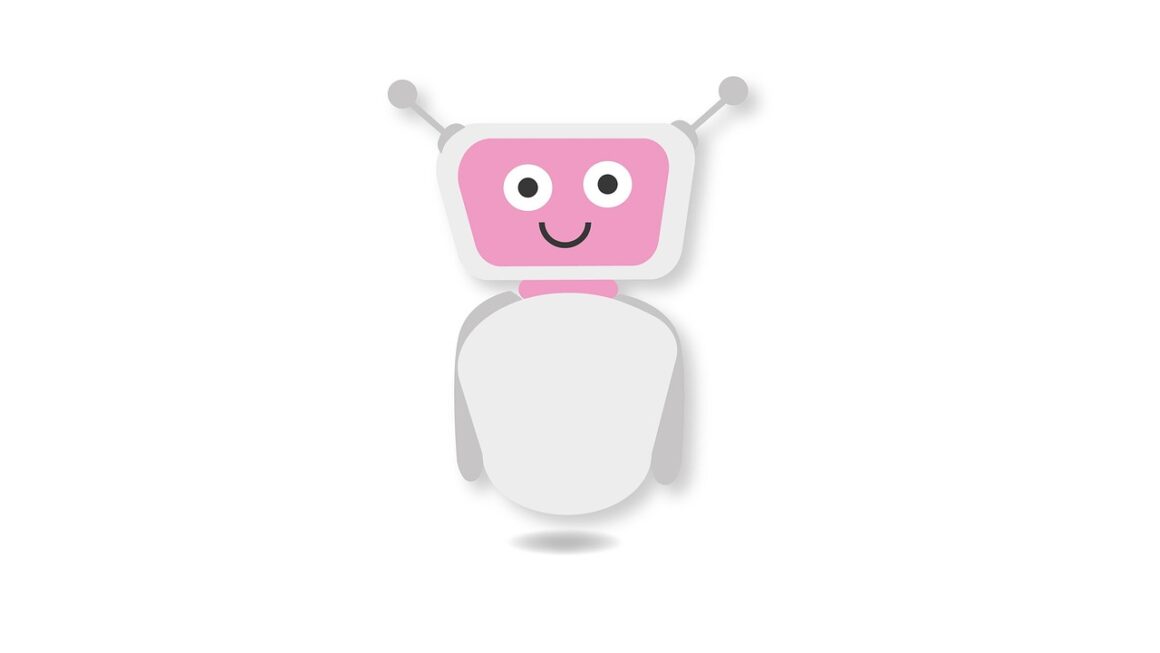The integration of Artificial Intelligence (AI) into the workplace is no longer a futuristic fantasy but a rapidly unfolding reality. From automating mundane tasks to providing insightful data analysis, AI is reshaping industries and redefining the roles of employees. Understanding how AI is currently implemented and its potential future impact is crucial for businesses looking to stay competitive and for individuals seeking to thrive in an evolving job market. This blog post delves into the various facets of AI in the workplace, exploring its benefits, challenges, and practical applications.
The Rise of AI: Transforming Work as We Know It
AI-Driven Automation and Efficiency
AI’s capacity to automate repetitive and rule-based tasks is a major driver of its adoption in the workplace. This automation leads to increased efficiency, reduced error rates, and ultimately, higher productivity.
- Examples of AI Automation:
Data Entry: AI-powered systems can automatically extract data from various sources, eliminating the need for manual data entry. For instance, software can process invoices, receipts, and other documents, feeding the information directly into accounting systems.
Customer Service: Chatbots powered by natural language processing (NLP) can handle routine customer inquiries, providing instant support and freeing up human agents to address more complex issues.
Report Generation: AI can analyze large datasets and generate comprehensive reports automatically, saving time and resources for analysts.
Scheduling and Task Management: AI tools can optimize schedules, assign tasks based on skills and availability, and track progress automatically.
Shifting Job Roles and Skill Requirements
While AI automates certain tasks, it also creates new opportunities and necessitates a shift in required skills. The focus is moving towards roles that require creativity, critical thinking, emotional intelligence, and complex problem-solving abilities – skills that AI currently struggles to replicate.
- Skills in Demand:
AI Development and Maintenance: The demand for AI engineers, data scientists, and machine learning specialists is booming.
AI Ethics and Governance: Ensuring responsible and ethical use of AI requires experts in data privacy, bias mitigation, and regulatory compliance.
AI Integration and Implementation: Professionals who can bridge the gap between AI technologies and business needs are highly sought after.
Creative and Strategic Roles: As AI handles routine tasks, the value of human creativity, strategic thinking, and innovation increases.
Boosting Productivity and Decision-Making
Enhanced Data Analysis and Insights
AI excels at analyzing vast amounts of data, identifying patterns, and generating actionable insights that humans might miss. This capability can significantly improve decision-making across various business functions.
- Examples of AI-Driven Insights:
Marketing: AI can analyze customer data to personalize marketing campaigns, optimize ad spend, and predict customer behavior.
Sales: AI can identify potential leads, predict sales trends, and provide sales teams with valuable insights to close deals.
Finance: AI can detect fraudulent transactions, automate risk assessment, and optimize investment strategies.
Human Resources: AI can analyze employee data to identify skill gaps, predict employee attrition, and personalize training programs.
Streamlined Processes and Workflow Optimization
AI can analyze workflows and identify bottlenecks, suggesting improvements to streamline processes and optimize resource allocation.
- Examples of Workflow Optimization:
Supply Chain Management: AI can optimize inventory levels, predict demand fluctuations, and automate logistics, resulting in reduced costs and improved efficiency.
Project Management: AI can track project progress, identify potential risks, and suggest corrective actions to keep projects on track.
Manufacturing: AI can optimize production schedules, detect defects, and predict equipment failures, leading to increased throughput and reduced downtime.
Challenges and Ethical Considerations
Addressing Job Displacement Concerns
A common concern surrounding AI is its potential to displace workers. It’s crucial to address these concerns proactively by investing in retraining programs and fostering a culture of lifelong learning.
- Strategies to Mitigate Job Displacement:
Reskilling and Upskilling: Provide employees with opportunities to learn new skills that complement AI and prepare them for evolving job roles.
Focus on Human-AI Collaboration: Design jobs that leverage the strengths of both humans and AI, fostering a collaborative environment.
Promote Lifelong Learning: Encourage employees to continuously learn and adapt to new technologies.
Explore New Business Models: Consider new business models that create new job opportunities related to AI development, maintenance, and ethical oversight.
Mitigating Bias and Ensuring Fairness
AI algorithms can inherit biases from the data they are trained on, leading to unfair or discriminatory outcomes. It’s essential to carefully curate data, monitor AI performance, and implement bias mitigation techniques.
- Strategies for Mitigating Bias:
Data Diversity and Quality: Ensure that training data is diverse and representative of the population being served.
Bias Detection and Mitigation Tools: Utilize tools to identify and mitigate biases in AI algorithms.
Transparency and Explainability: Strive for transparency in AI decision-making processes, making it easier to identify and correct biases.
* Ethical Guidelines and Oversight: Establish ethical guidelines for AI development and deployment, and create oversight mechanisms to ensure compliance.
Real-World Examples of AI in Action
AI in Healthcare
AI is revolutionizing healthcare through:
- Diagnosis: AI can analyze medical images, such as X-rays and MRIs, to detect diseases like cancer at an early stage.
- Drug Discovery: AI can accelerate the drug discovery process by identifying potential drug candidates and predicting their efficacy.
- Personalized Treatment: AI can analyze patient data to develop personalized treatment plans tailored to individual needs.
- Robotic Surgery: AI-powered robots can assist surgeons with complex procedures, improving precision and reducing recovery times.
AI in Finance
AI is transforming the finance industry through:
- Fraud Detection: AI can detect fraudulent transactions in real-time, preventing financial losses.
- Algorithmic Trading: AI can automate trading decisions, optimizing investment strategies and generating higher returns.
- Risk Management: AI can assess risk more accurately and efficiently, helping financial institutions make informed decisions.
- Customer Service: AI-powered chatbots can provide instant customer support and answer common financial inquiries.
AI in Retail
AI is enhancing the retail experience through:
- Personalized Recommendations: AI can analyze customer data to provide personalized product recommendations, increasing sales and customer loyalty.
- Inventory Management: AI can optimize inventory levels, reducing waste and improving efficiency.
- Chatbots and Virtual Assistants: AI-powered chatbots and virtual assistants can provide customer support and answer questions.
- Predictive Analytics: AI can predict demand fluctuations, helping retailers plan for peak seasons and avoid stockouts.
Conclusion
AI’s impact on the workplace is undeniable and constantly evolving. By understanding its potential benefits, addressing its challenges, and embracing a proactive approach to adaptation, businesses and individuals can harness the power of AI to drive innovation, improve efficiency, and create a more fulfilling and productive work environment. Embracing continuous learning and focusing on uniquely human skills will be paramount for success in the age of AI. The future of work is not about replacing humans with machines, but about creating a symbiotic relationship where humans and AI work together to achieve greater outcomes.




